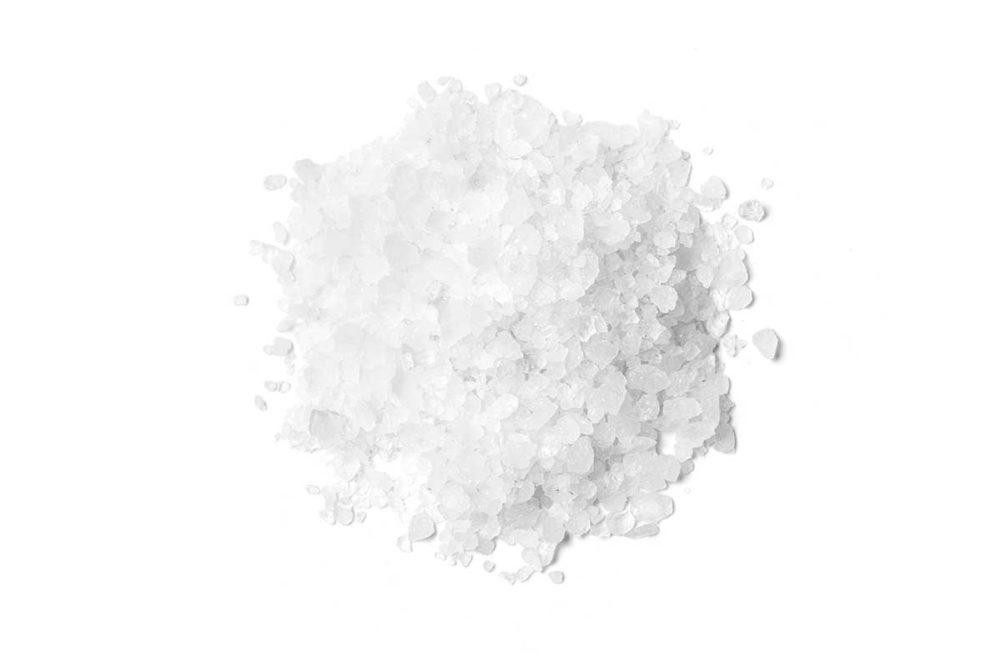KANSAS CITY — Sodium reduction remains a top nutrition priority for governments around the world. And many of the strategies to meet sodium reduction targets have fallen on the food industry.
“Efforts to reduce sodium continue to challenge food suppliers,” said Janice Johnson, PhD, technical service advisor, salt division, Cargill, in a presentation on sodium reduction at the Institute of Food Technologists’ FIRST virtual conference.
With sodium linked to hypertension and cardiovascular disease, it makes sense that reducing sodium in diets is top-of-mind for both policy makers and consumers. The World Health Organization reported in its Salt Reduction 2020 report that 2.5 million deaths are preventable if individuals consume the recommended 2,000 mg/day rather than the global mean of 4,000 mg/day.
Dr. Johnson and fellow panelists Soo-Yeun Lee, PhD, professor of food science, University of Illinois at Urbana-Champaign, and Mary Murphy, senior managing scientist at Exponent, outlined the latest studies and strategies for reducing sodium in formulations without losing the functionality sodium and salt provide.
“Salt is a great ingredient with a lot of flexibility and provides a lot of tools for food scientists,” Dr. Johnson explained. “It has a lot of functional roles including microbial management, protein modification, and sensory attributes like taste and texture.”
This functionality and flexibility make reducing salt, and therefore sodium, a challenging undertaking. The two most promising strategies presented in the panel are partial replacement of sodium chloride with potassium chloride and experimenting with changes in food matrices.
Using potassium chloride to replace some of the sodium chloride in a formulation not only helps consumers limit sodium intake but it increases consumption of potassium, which has its own benefits.
In Ms. Murphy’s modeling study on replacing sodium chloride with potassium chloride, populations could lower sodium intake to 3,000 mg/day while maintaining the mean potassium intake recommendations.
“The resulting intake is consistent with short-term reduction goals targeted by the Food & Drug Administration (FDA),” she said. “The replacement of sodium chloride with potassium in select foods provides a strategy for lowering the US population’s intake of sodium.”
Though she pointed out other strategies would be needed for achieving the long-term target of 2,300 mg/day.
Another strategy that shows promise is evaluating and changing the food matrix to optimize the release of salt when food is consumed so formulators can reduce salt without impacting flavor.
“When you are reducing salt in foods, you have to align it with the characteristics of that food, and a lot of that is governed by the food matrix, whether it’s semi-solid, solid or liquid,” Dr. Lee explained.
For semi-solid matrices, up to 95% of salt is not detected before food is swallowed, so by manipulating the structure of the food, salt can be released more effectively, she explained. For both solid and liquid matrices, formulators have found success modifying the salt particles themselves, whether the particle size or shape or even using hollow salt. In Dr. Lee’s own study, flavor enhancers proved very effective at enabling salt reduction without impacting taste.
“We found acceptance was highest for flavor-enhanced potato chips in the blind taste taste, but providing ingredient information and consumer education either increased acceptability or maintained acceptability from informed condition levels,” she explained.
As agency recommendations and consumers continue to look for ways to reduce sodium, these strategies and further research will help formulators improve taste of reduced sodium baked goods and snacks.





